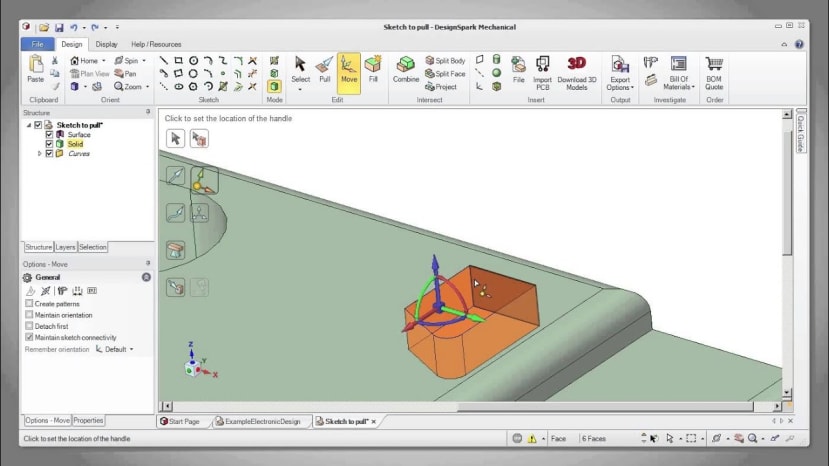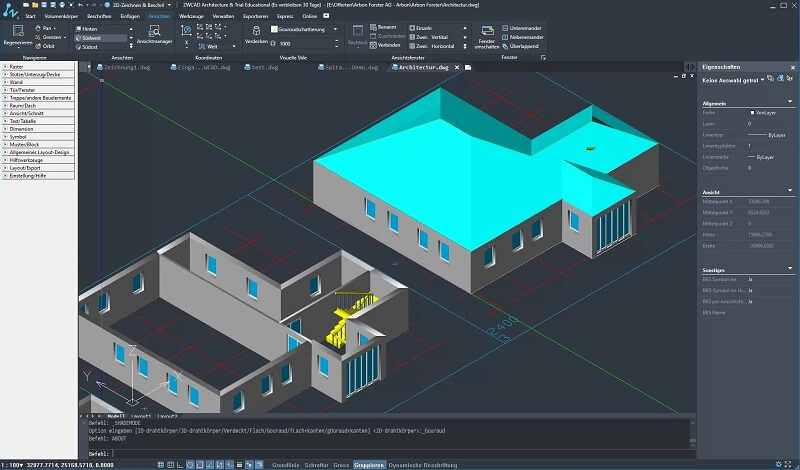Low Cost CAD Software: Maximizing Value for Small Businesses

Small design studios and startups often face tight budgets while needing powerful tools. Opting for low cost CAD software allows businesses to access essential drafting, modeling, and documentation features without the hefty price tag. Today’s market offers subscription, perpetual, and open-source options tailored to various workflows, making professional-grade CAD accessible to organizations of any size.
Subscription vs. Perpetual Licensing
Subscription plans typically start under $30 per month, including updates and cloud storage. Perpetual licenses require a larger one-time investment—often under $500—without recurring fees. Evaluate predictable subscription costs against the long-term savings of perpetual ownership, factoring in upgrade expenses and support plans.
Open-Source and Free Alternatives
FreeCAD and LibreCAD provide robust feature sets at zero cost, covering parametric modeling and 2D drafting, respectively. While support is community-driven, extensive tutorials and plug-in libraries enhance functionality. For small teams comfortable with self-support, open-source tools eliminate licensing expenses entirely.
Mid-Tier Commercial Solutions
Products like BricsCAD Lite, SketchUp Pro, and DraftSight Standard deliver industry-standard interfaces and compatibility at entry-level prices. These platforms offer 2D and 3D functionality, DWG file support, and basic rendering. Mid-tier options often include optional add-ons (CAM, BIM, rendering) sold separately to keep core costs down.
Performance Requirements and Hardware Considerations

Low cost CAD software often runs smoothly on existing office hardware with integrated graphics and 8–16GB RAM. Check vendor specifications to avoid forced workstation upgrades. Cloud-enabled tools like Onshape shift processing off local machines, requiring only stable internet access.
Customization and Automation
Even budget-friendly CAD platforms support script automation, macro recording, and custom toolbars. Investing time in workflow automation accelerates design cycles—often surpassing benefits from premium features you may never use.
Training and Implementation
Lower-cost software often includes online learning portals, video tutorials, and community forums. Some resellers bundle free training sessions to ease adoption. Plan a phased rollout, starting with core drafting teams before expanding to advanced modules.
Evaluating Trial Versions
Always trial software with real projects. Use the 30-day evaluation to test file compatibility, drawing performance, and export fidelity. Assess support responsiveness by submitting sample queries to vendor or community channels.
Conclusion
Choosing low cost CAD software empowers small businesses to maintain competitive design capabilities without overspending. By balancing subscription and perpetual models, leveraging open-source alternatives, and prioritizing essential features, organizations achieve professional outcomes within budget constraints. For background on digital design methodologies and trends, explore resources on CAD.
Komentar
Posting Komentar